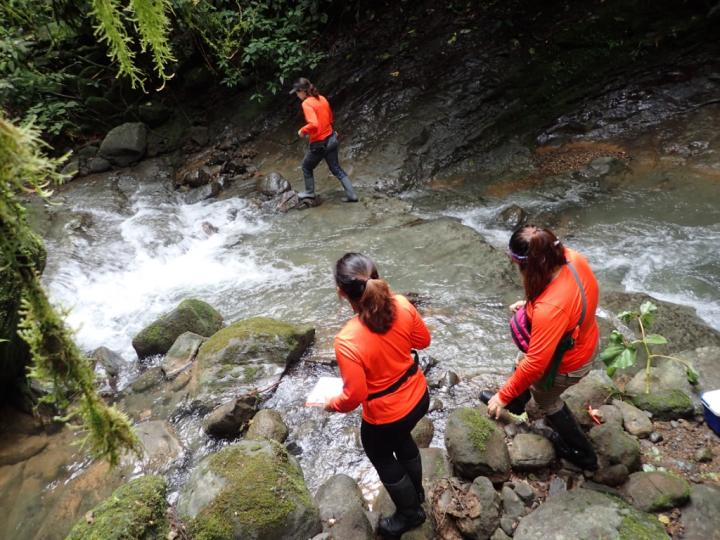The color of clothes that we wear also affects the behavioral habits of wildlife around us, says a study by researchers at Binghamton University, State University of New York. Different colored shirts -- orange, green or blue -- evoked different reaction from the water anoles or a type of lizards.
Lindsey Swierk, assistant research professor at Binghamton University, studied how ecotourists could unintentionally have an effect on wildlife native to the area and they chose Costa Rica to conduct the study on water anoles (Anolis aquaticus), a variety of the anole lizard.
Why water anoles?
"One reason water anoles were chosen is because they are restricted to a fairly small range and we could be pretty sure that these particular populations hadn't seen many humans in their lifetimes. So we had a lot of confidence that these populations were not biased by previous human interactions," said Swierk after studying water anoles for five years.
The researchers conducted the study at the Las Cruces Biological Center in Costa Rica and visited three different river locations wearing one of three different colored shirts: orange, green or blue, to see how they react to these colors.

They explained that orange was chosen because the water anole has orange sexual signals, blue was chosen as a contrast, as the water anole's body lacks the color blue, while green was selected as a similar color to the tropical forest environment of the testing site.
Less frightening colors
"Based on previous work on how animals respond to color stimuli, we developed a hypothesis that wearing colors that are 'worn' by water anoles themselves would be less frightening to these lizards," said Swierk.
Whenever researchers wore orange shirts, more anoles were spotted per hour and a higher anole capture percentage. Surprisingly, the color green, which camouflaged them well in the forest, was less effective than wearing a very bright orange, they noted.

Swierk said animals perceive the world differently than humans. "They have their own 'lenses' based on their unique evolutionary histories. What we imagine is frightening for an animal might not be; conversely, what we imagine is non-threatening could be terrifying in reality."
Swierk said the study helps the ecotourism community to reduce impacts on the wildlife by following a dress code but more research needs to be done on the impact other colors on other animals in the wild. Moreover, other animals may have less-sophisticated abilities of color perception, such as mammals, they said.









